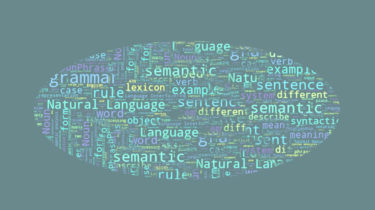Beginners Guide to Regular Expressions in Natural Language Processing

Introduction
Regular Expressions is very popular among programmers and can be applied in many programming languages like Java, JS, php, C++, etc. Regular Expressions are useful for numerous practical day-to-day tasks that a data scientist encounters. It is one of the key concepts of Natural Language Processing that every NLP expert should be proficient in.
Regular Expressions are used in various tasks such as data pre-processing, rule-based information mining systems, pattern matching, text feature engineering, web scraping, data extraction, etc.
Note: If you are more interested in learning concepts in an Audio-Visual format, We have this entire article explained in the video below. If not, you may continue reading.
Let’s understand what regular expressions are and how we can leverage them for text feature engineering specifically in this article.
What are Regular Expressions?
Regular expressions or RegEx is a sequence of characters mainly used to find or replace patterns embedded in the text. Let’s consider this example: Suppose we have a list of